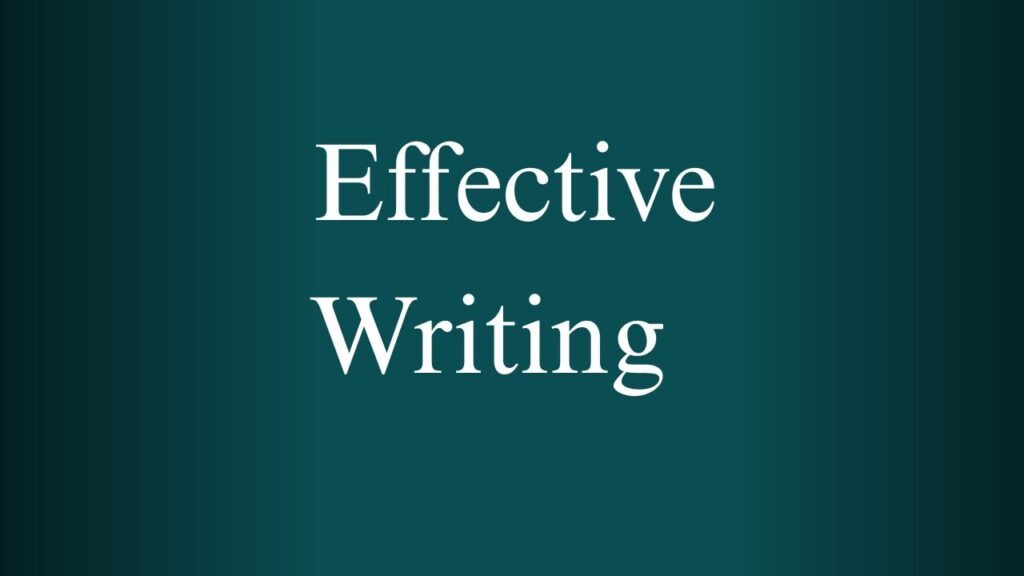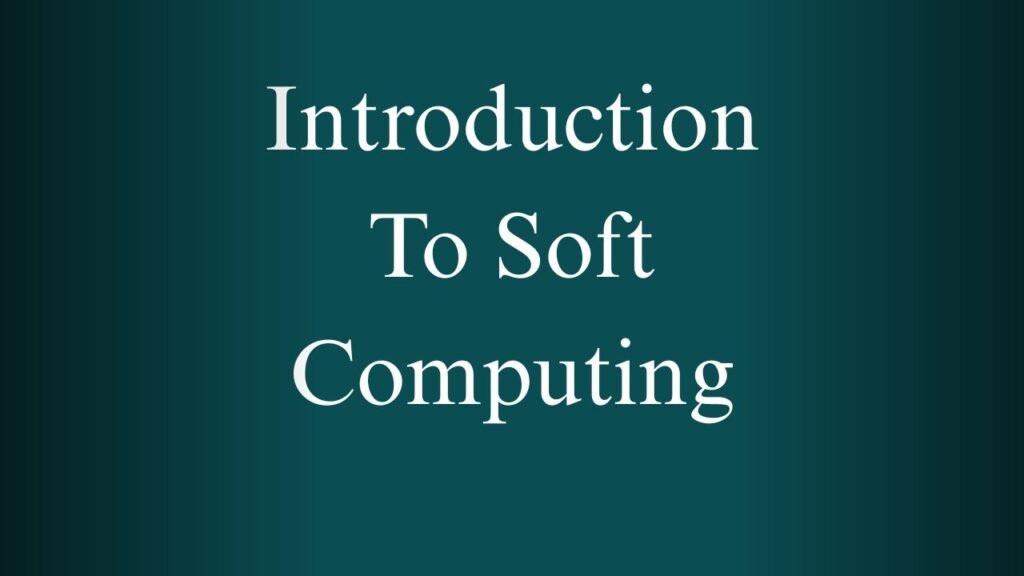NPTEL Sensors and Actuators Week 1 And 2 Assignment Answers 2025
1. Which of the following stimulus is best suitable for the quantities such as “refractive index, reflectivity, absorption” with regards to sensors?
- Acoustic
- Magnetic
- ✅ Optical
Answer: Optical
Explanation: Properties like refractive index, reflectivity, and absorption are directly related to how a material interacts with light, making optical sensors most suitable.
2. Evaluate whether the below statement is true or false:
“A sensor acquires a physical parameter and converts it into a signal suitable for processing (e.g. optical, mechanical, electrical etc.)”
- ✅ True
- False
Answer: True
Explanation: This is a correct definition of a sensor. Sensors detect physical stimuli and convert them into a processable signal.
3. MEMS is the acronym for ____________
- Micro Electro Material Systems
- ✅ Micro Electro Mechanical Systems
- Micro Electric Machining Systems
- Micro Electric Monitoring Systems
Answer: Micro Electro Mechanical Systems
Explanation: MEMS stands for Micro Electro Mechanical Systems, referring to devices with tiny mechanical parts integrated with electronics.
4. Choose the best option for the process steps in Silicon boule growth technique.
- ✅ V-III-II-I-IV
Answer: V-III-II-I-IV
Explanation:
The correct order is:
- V: Melting of polysilicon
- III: Introduction of seed crystal
- II: Beginning of crystal growth
- I: Crystal pulling
- IV: Formation of crystal (boule)
5. Which of the following is not a physical vapor deposition technique?
- Thermal Evaporation
- Sputtering
- ✅ Thermal Oxidation
- E-beam Evaporation
Answer: Thermal Oxidation
Explanation: Thermal oxidation is a chemical process, not a physical one. Others listed are PVD techniques.
6. Evaluate whether the below statement is true or false:
“Extracellular and Intracellular matrices are responsible for giving nutrition to the cells.”
- True
- ✅ False
Answer: False
Explanation: Matrices provide structural support, not direct nutrition. Nutrients are transported through fluids like blood and interstitial fluid.
7. Choose the best option for the following statement:
“………… means study outside the living body and ……….. means study inside the living body.”
- In vivo, ex vivo
- ✅ Ex vivo, in vivo
Answer: Ex vivo, in vivo
Explanation:
- Ex vivo = experiments conducted outside a living organism.
- In vivo = experiments done inside a living organism.
8. Complete the following with respect to T-cells:
“CD4 cells are called ……..cells and CD8 cells are……… cells, respectively.”
- killer, helper
- killer, T-regulatory
- ✅ helper, killer
- T-regulatory, helper
Answer: helper, killer
Explanation:
- CD4+ T cells = Helper cells
- CD8+ T cells = Cytotoxic/Killer T cells
9. Which of the following is the desired characteristic of a sensor?
- Specificity should be low
- ✅ Power consumption is low
- Signal to noise ratio should be low
Answer: Power consumption is low
Explanation: Low power usage is desired, especially in portable or IoT sensors. High specificity and high signal-to-noise ratio are also desired (not low).
10. Which among the following sensors are used to detect VOCs exhaled from breath?
- Ultrasonic sensors
- ✅ Gas sensors
- Infrared sensors
Answer: Gas sensors
Explanation: Gas sensors are used to detect Volatile Organic Compounds (VOCs) in exhaled breath, which can be indicators of diseases or health conditions.
NPTEL Sensors and Actuators Week 2 Assignment Answers
1. Evaluate whether the below statement is true or false:
“The four basic components of MEMS are microelectronics, microsensors, micro actuators, and microstructures.”
- ✅ True
- False
Answer: True
Explanation:
MEMS (Micro-Electro-Mechanical Systems) are composed of:
- Microelectronics – for control circuitry
- Microsensors – to detect changes in the environment
- Microactuators – to perform actions based on sensing
- Microstructures – the physical framework or mechanical elements
2. What does the “Class” number of a clean room denote?
- The pressure inside the cleanroom.
- The number of people permitted inside the room at a given time.
- ✅ The number of particles per cubic feet allowed inside the facility.
- The lifetime in years for faithful operation of the facility.
Answer: The number of particles per cubic feet allowed inside the facility
Explanation:
Cleanroom “Class” rating (e.g., Class 100, Class 1000) indicates the maximum number of particles per cubic foot of a certain size allowed. Lower class = cleaner room.
3. Evaluate whether the below statement is true or false:
“Understanding the breath signatures using VOC sensors is a non-invasive way of determining the disease.”
- ✅ True
- False
Answer: True
Explanation:
VOC sensors detect volatile organic compounds in exhaled breath. This method is non-invasive and useful in early disease detection (e.g., diabetes, cancer, infections).
4. Which of the following equipment is used to maintain temperature and humidity for cell culture?
- Autoclave
- ✅ Incubator
- Desiccator
Answer: Incubator
Explanation:
An incubator is used to maintain the ideal environment (temperature, humidity, CO₂) for growing and preserving cell and tissue cultures.
5. Which kind of microscope is used for observing cells in petri dishes, flasks, or microplates?
- Stereo Microscope
- Metallurgical Microscope
- ✅ Inverted Microscope
Answer: Inverted Microscope
Explanation:
An inverted microscope has its light source above and lenses below, making it ideal for viewing live cells in flasks or culture dishes.
6. What does VOC stand for?
- Volatile Organic Chemical
- ✅ Volatile Organic Compound
- Viscous Organic Compound
Answer: Volatile Organic Compound
Explanation:
VOCs are organic chemicals that have high vapor pressure at room temperature, allowing them to easily become vapors or gases.
7. What do TCOs mean in the context of VOC sensors (e.g., ZnO, ITO, SnO₂)?
- Thin Conducting Oxides
- Thin Coating Oxides
- ✅ Transparent Conducting Oxides
Answer: Transparent Conducting Oxides
Explanation:
TCOs are materials that are both optically transparent and electrically conductive. They are commonly used in sensors and display technologies.
8. What is the difference between Piezo-electric and piezo-resistive sensors?
- There is no difference
- Piezo-electric sensors are easier to interface
- ✅ Piezo-electric sensors accumulate charge in response to mechanical force, while piezo-resistive sensors change resistance in response to force
Answer: Piezo-electric sensors accumulate charge…
Explanation:
- Piezoelectric: generates voltage when stressed
- Piezoresistive: changes resistance under force
Both convert mechanical energy, but via different electrical properties.
9. What happens to resistivity of metals and semiconductors with increasing temperature?
- Increases
- Decreases
- ✅ For metal increases and for semiconductor decreases
- For metal decreases and for semiconductor increases
Answer: For metal increases and for semiconductor decreases
Explanation:
- In metals, increased temp = more collisions = higher resistivity
- In semiconductors, increased temp = more charge carriers = lower resistivity
10. Why are silicon/glass substrates stored in vacuum desiccators during microfabrication?
- To avoid bending of the wafer
- To avoid heating
- ✅ To avoid dust particles and other gases from contaminating the substrate
Answer: To avoid contamination
Explanation:
Desiccators create a dry, vacuum environment to prevent moisture, dust, and gases from contaminating delicate wafer surfaces during processing.



